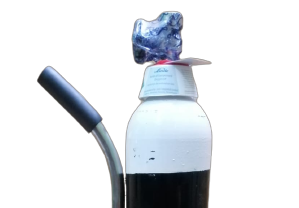Oxygen Cylinder BD
Notice: Respected customers are informed that refilling service is available for those who have purchased or rented oxygen from us earlier – 24 hours. Please contract this number: 01618930914
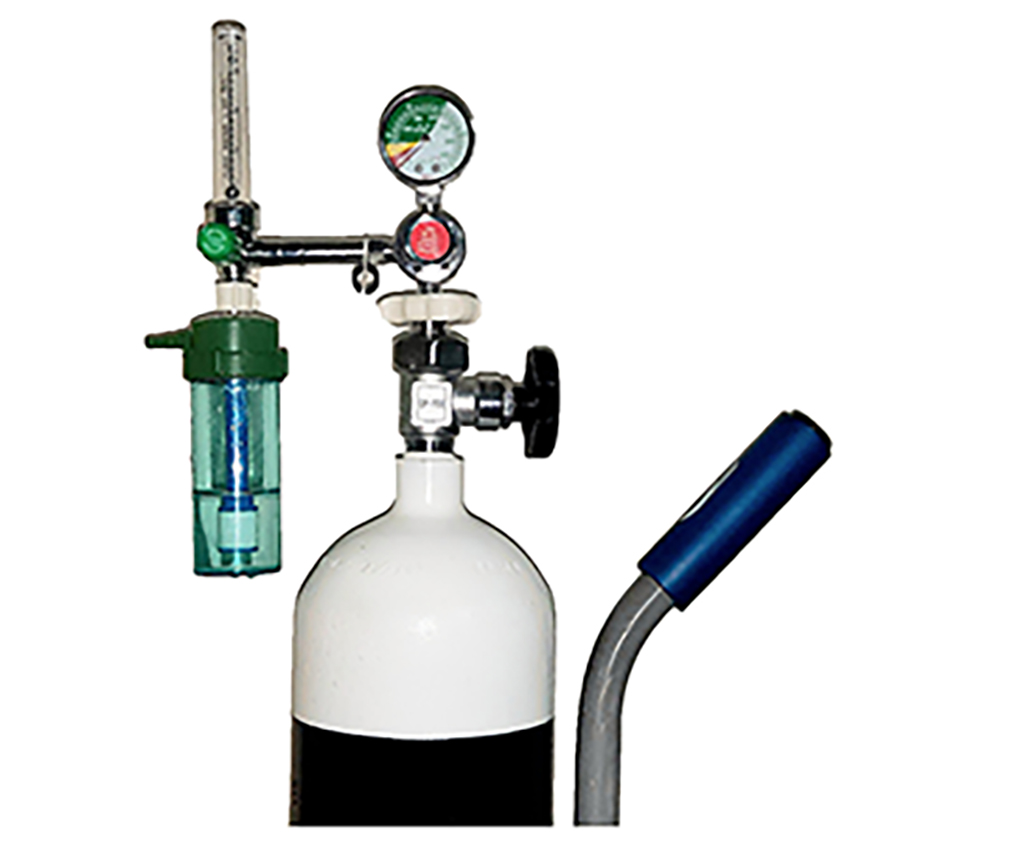
China Oxygen Cylinder
৳ 9,000.00
Add to cartEvery aspect of this oxygen cylinder is designed with your safety in mind. From its robust construction to its advanced pressure regulation mechanism, you can breathe easy, literally. Say goodbye to concerns about leaks or malfunctions - our China Oxygen Cylinder BD is your steadfast companion, ensuring a constant and reliable oxygen supply whenever and wherever you need it.
more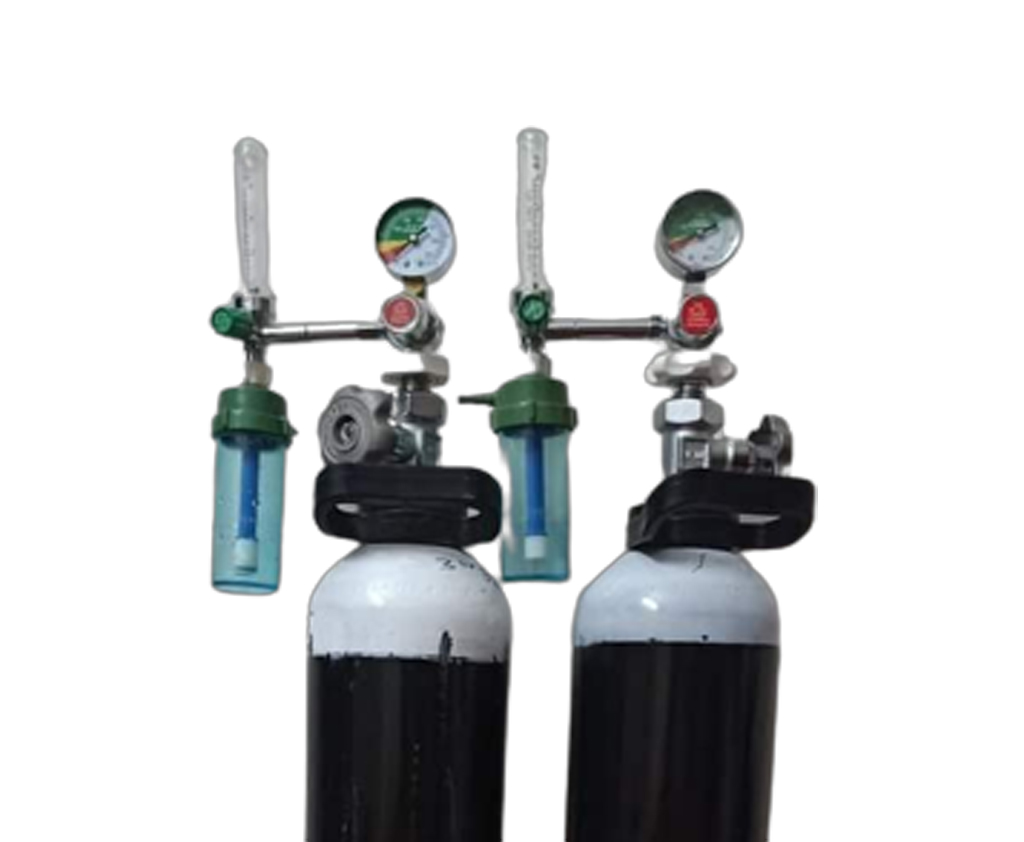
Islam Oxygen Cylinder
৳ 9,500.00
Add to cartWhen it comes to your health, compromise is never an option. Introducing our Islam Oxygen Cylinder BD, meticulously engineered by seasoned professionals dedicated to your well-being. As a leading Oxygen Cylinders manufacturer and supplier, we bring you an unparalleled solution that combines purity, reliability, and affordability. Islam Oxygen Cylinder best price in Bangladesh.
more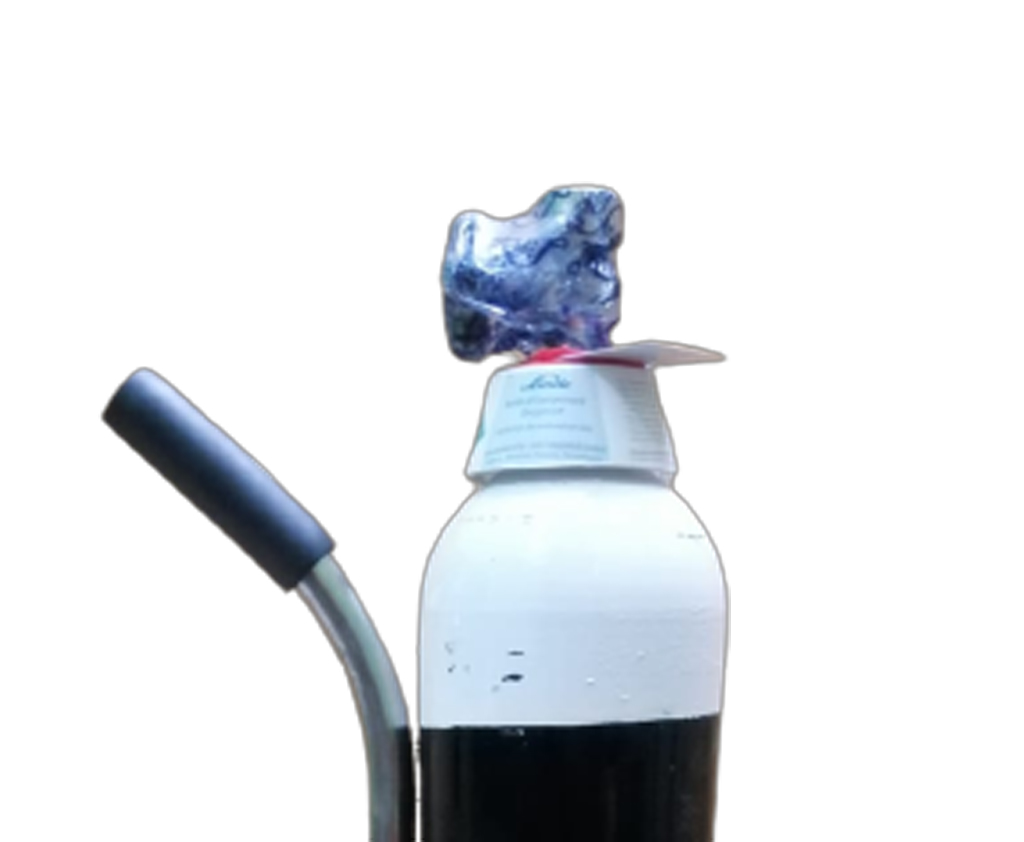
Linde Oxygen Cylinder
৳ 18,000.00
Add to cartAt the heart of our Linde Oxygen Cylinder BD lies meticulous engineering. Every detail, every component is crafted with precision, ensuring flawless performance. Designed to deliver a consistent flow of pure oxygen, this cylinder becomes your lifeline, providing the essential support you need, exactly when you need it. we present an unmatched solution tailored to meet your oxygen needs.
more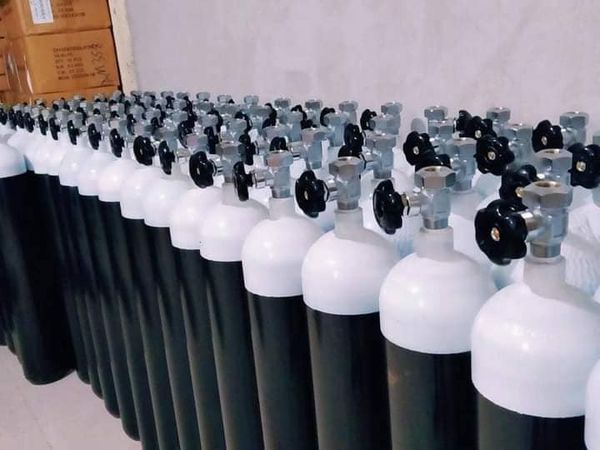
Oxygen Cylinder BD
As a leading Oxygen Cylinders manufacturer and supplier, we bring you an unparalleled solution that combines purity, reliability, and affordability.
Advantages of oxygen cylinders:
- Mobility: Oxygen cylinders are portable and can be easily moved around, allowing patients to have mobility while receiving oxygen therapy. This is especially useful for patients who need oxygen therapy at home.
-
Immediate Availability: Oxygen cylinders provide an immediate and readily available source of oxygen. In emergency situations, they can be quickly accessed to provide life-saving oxygen therapy.
-
Versatility: Oxygen cylinders can be used in various settings, including hospitals, ambulances, homes, and other healthcare facilities. They can also be used in industrial and recreational applications where a portable oxygen source is required.
Why do you keep oxygen cylinders at home?
Chronic Obstructive Pulmonary Disease (COPD): COPD is a progressive lung disease that makes it difficult to breathe. Oxygen therapy can help improve oxygen levels in the blood, making it easier for individuals with COPD to breathe and perform daily activities.
Pneumonia: Severe cases of pneumonia can cause difficulty in breathing and low oxygen levels, necessitating the use of supplemental oxygen until the infection is under control.
Heart Failure: In congestive heart failure, the heart is unable to pump blood effectively, leading to fluid buildup in the lungs and difficulty breathing. Oxygen therapy can help in such situations.

High-Quality Oxygen Cylinders:
Provide customers with top-quality oxygen cylinders that meet industry standards and regulations, ensuring the purity and safety of the oxygen they receive.
moreVarious Cylinder Sizes:
Offer a variety of cylinder sizes to cater to different needs, such as small portable cylinders for travel and larger ones for home use.
moreRefilling Services:
Provide hassle-free oxygen cylinder refilling services, either on-site or through a convenient exchange program, ensuring that customers always have a fresh supply of oxygen.
moreDelivery and Pickup:
Offer reliable delivery services to customers' homes or healthcare facilities. Additionally, provide options for cylinder pickup after use, making the process convenient for the customers.
moreSafety Instructions:
Educate customers on the safe handling and usage of oxygen cylinders. Provide detailed instructions and safety guidelines to prevent accidents and ensure the proper functioning of the equipment.
more24/7 Customer Support:
Offer round-the-clock customer support services to address any queries, concerns, or emergencies customers might have regarding their oxygen cylinders.
moreLatest News
Need Help?
Duis aute irure dolor in reprehenderit in voluptate velit esse cillum dolore eu fugiat nulla pariatur.

